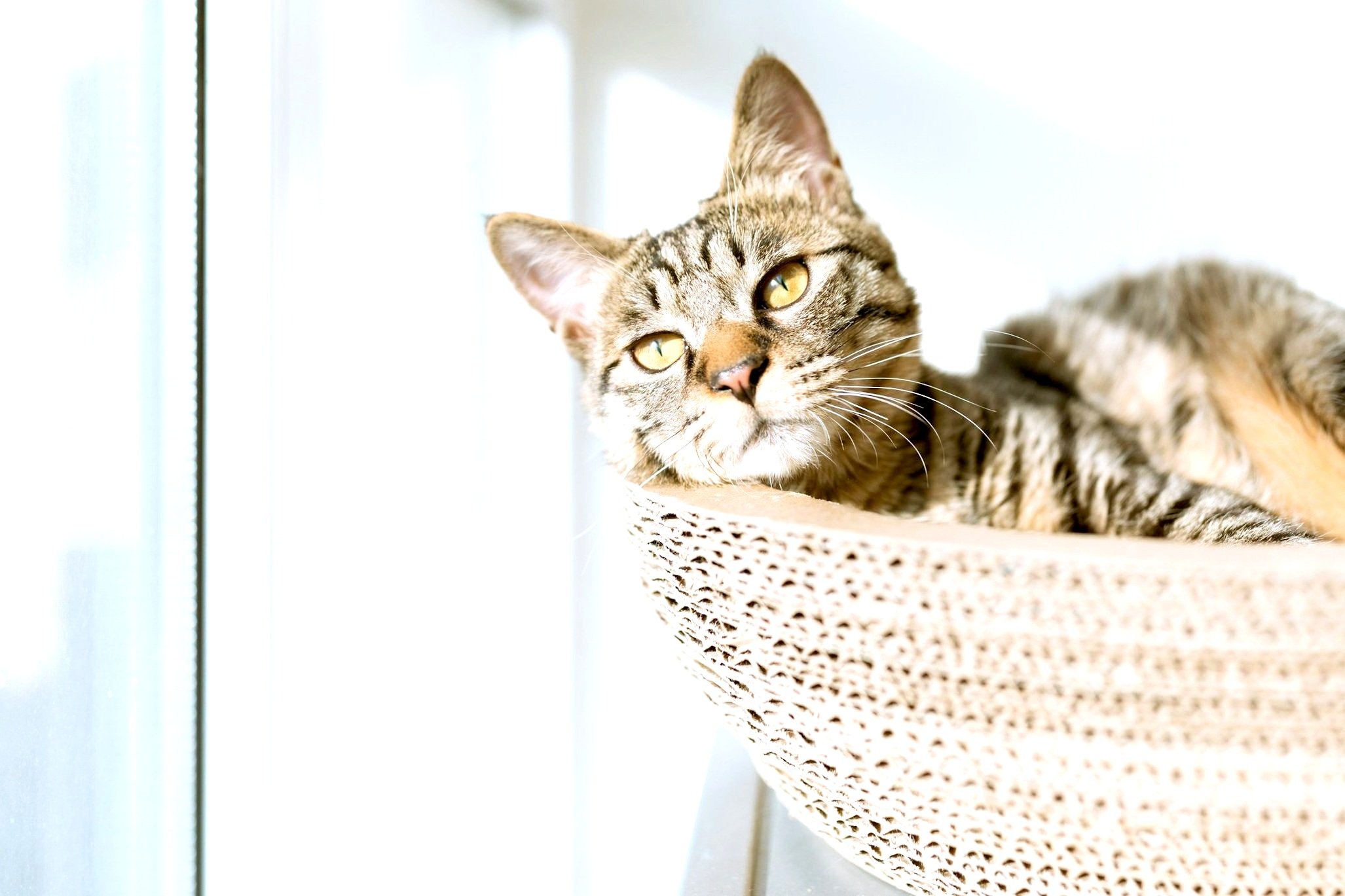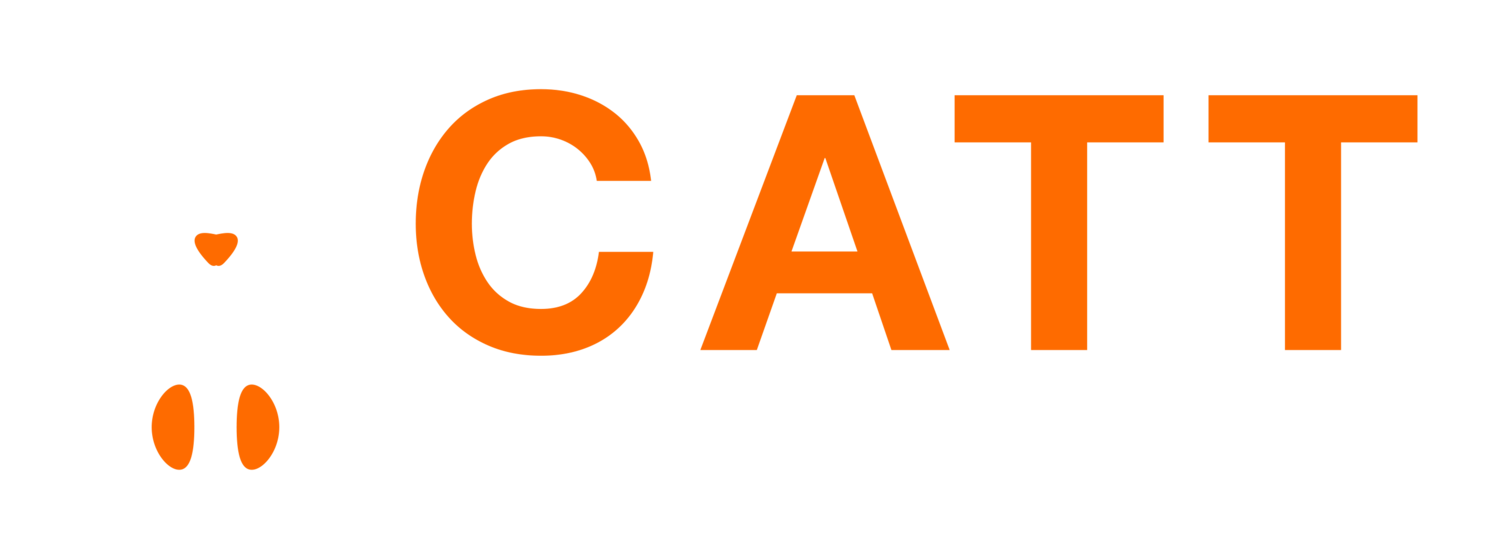
The CURE for Feline Hyperthyroidism
I-131 radioiodine therapy offers the only permanent solution to this debilitating disease.

Discover the gold standard for treating feline hyperthyroidism.
Effective within 1-2 weeks for most cats
No invasive surgery
No major side effects
Painless, requiring only one injection
“The staff was incredibly caring and excellent at communicating my cat's status and answering all of my questions. Now, two weeks after bringing him home, he's curled up on my lap, happily purring. It's amazing how well the treatment worked—he's playing again, gaining weight, and it's clear he's back to his old self. I’m eternally grateful. Thank you so much!”
- Kristin H.
Your cat is in good hands at CATT.
Board-certified radiologists
Board-certified internal medicine specialist
Experienced team
Real results!
See the difference I-131 treatment made in just four months.
Praline’s Transformation: From Diagnosis to Thriving!
When Praline was diagnosed with feline hyperthyroidism in August 2021, her energy levels and weight began to decline.
After receiving I-131 treatment in September, her thyroid levels returned to normal, and by January 2022, she was putting on weight and regaining her vibrancy.
Praline’s journey shows how effective this treatment can be in giving cats a new lease on life.
Education is power when it comes to your cat’s health.
Feline hyperthyroidism can be overwhelming—but we’re here to help.
Watch the video here to:
Spot the symptoms of feline hyperthyroidism early.
Explore your cat’s treatment options.
Make informed decisions for your beloved pet’s well-being.
Give your pet the best chance at a healthier life!

Ready to give your cat a new lease on life?
Discover the proven solution for feline hyperthyroidism with the trusted team at CATT.
🌟 Board-certified experts
🌟 State-of-the-art facilities
🌟 Compassionate care tailored to your cat’s needs
🌟 One painless injection for long-term health



